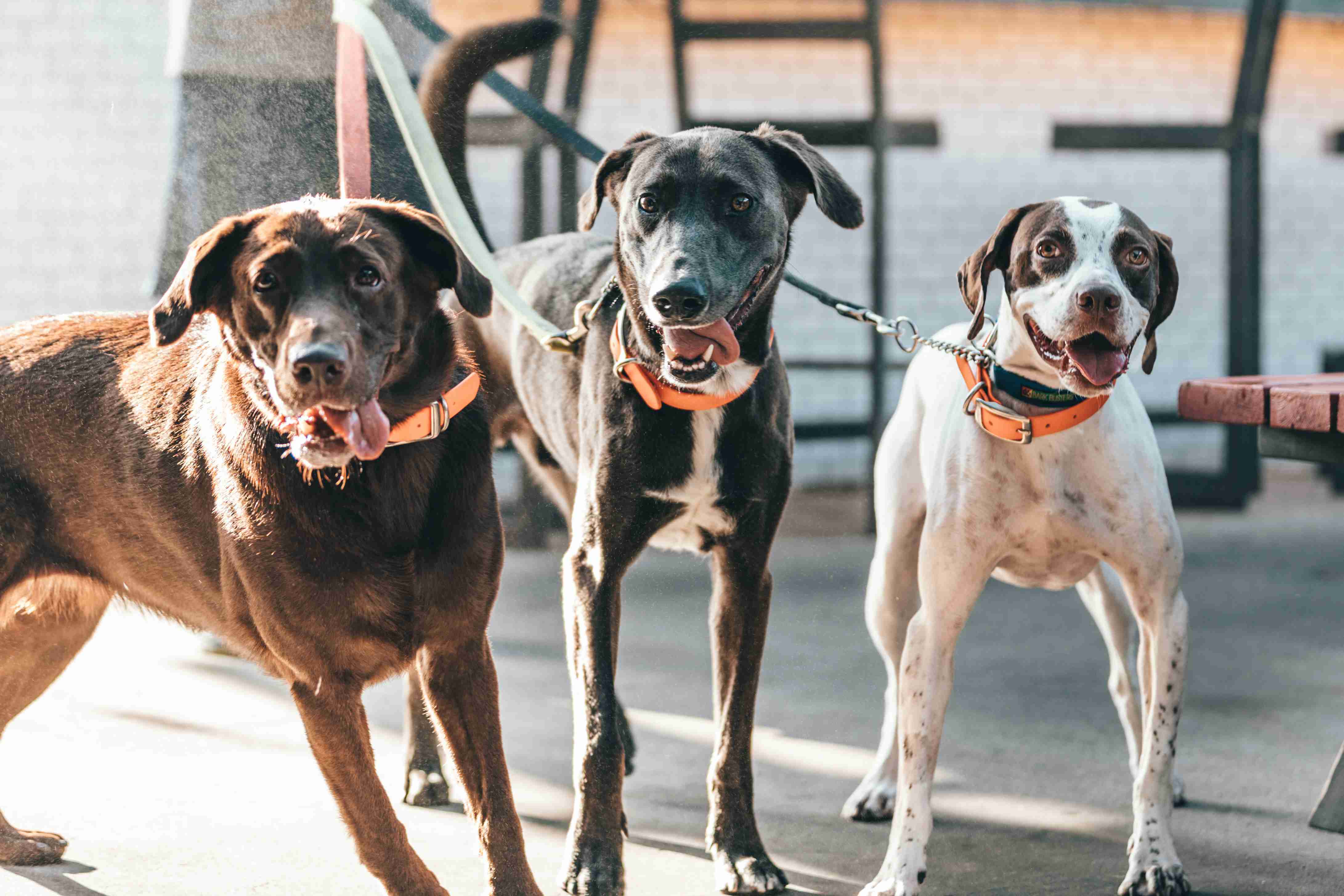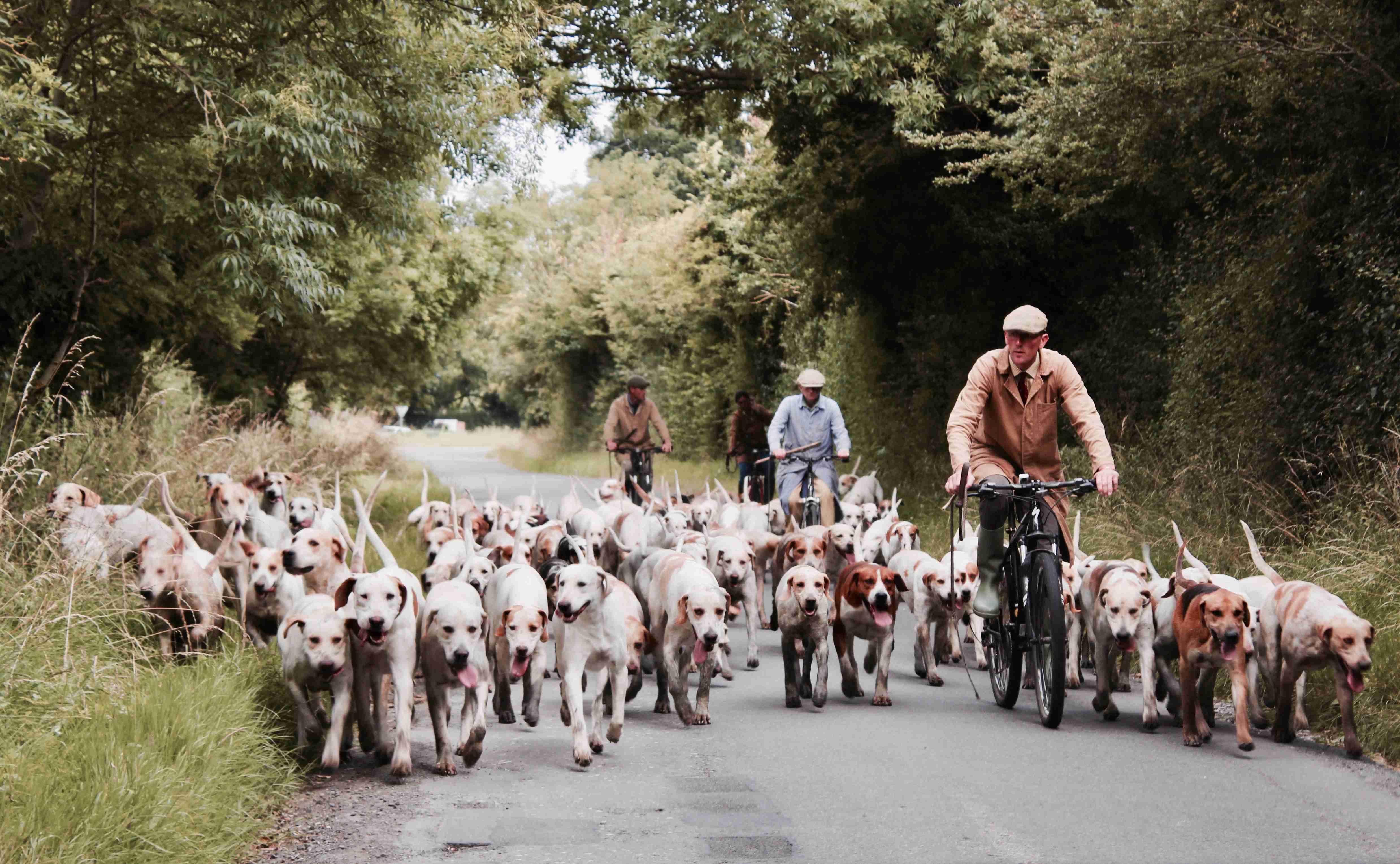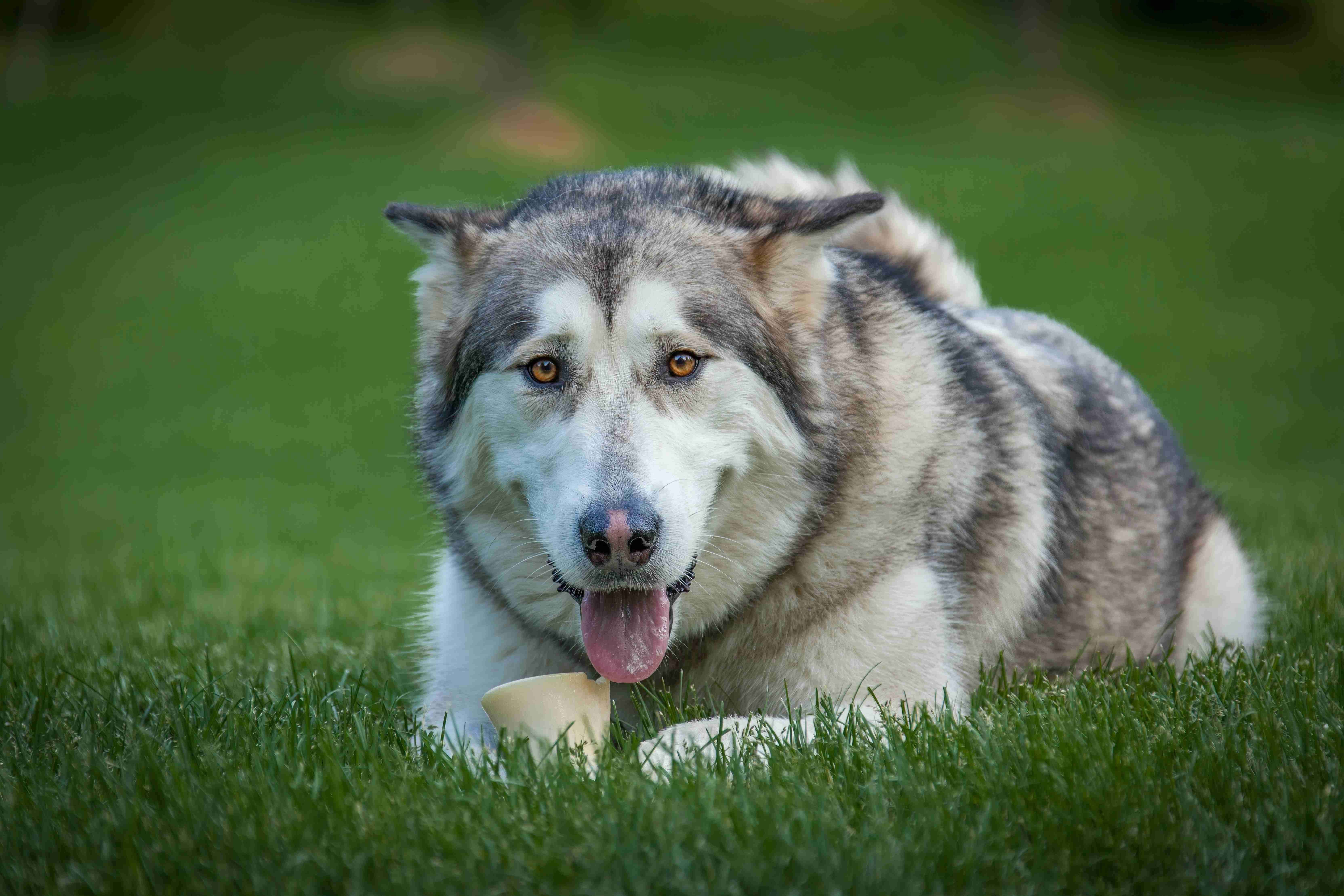It’s not uncommon for dogs to become scared during thunderstorms. You may have noticed your furry friend trembling, hiding, or even trying to escape during a storm. But why do dogs get so anxious during thunderstorms? As a pet owner, it’s important to understand the science behind your pup’s fear and how to help them cope with thunderstorm anxiety. In this blog post, we’ll explore the reasons why dogs get scared during thunderstorms and provide tips on how to keep your furry friend calm and comfortable during even the loudest of storms.
Thunderstorm Anxiety in Dogs: Understanding the Science Behind Your Pup’s Fear
Thunderstorms are a natural occurrence that can be both beautiful and terrifying. While humans can appreciate the power and majesty of a thunderstorm, for dogs, they can be a source of great fear and anxiety. Many dogs experience severe anxiety or even full-blown panic attacks during thunderstorms. This condition is known as thunderstorm anxiety, and it can be a distressing and challenging problem for both dogs and their owners.
In this blog post, we will explore the science behind thunderstorm anxiety in dogs. We will look at the causes and symptoms of this condition, as well as strategies for managing and treating it.
What Causes Thunderstorm Anxiety in Dogs?
Thunderstorm anxiety in dogs is a complex condition that can have multiple causes. Here are some of the most common factors that can contribute to this condition:
1. Loud Noises: Thunderstorms are known for their loud noises, which can range from rumbles to ear-shattering booms. Dogs have much more sensitive hearing than humans and can pick up sounds that are beyond our range. The loud noises of a thunderstorm can be overwhelming for dogs, triggering their anxiety.
2. Electromagnetic Activity: Thunderstorms are also associated with electromagnetic activity, which can affect dogs’ nervous systems. Some dogs are more sensitive to these electrical changes, which can cause discomfort and anxiety.
3. Barometric Pressure Changes: Thunderstorms can also bring about changes in barometric pressure. These changes can cause headaches, body aches, and other physical discomforts in humans, and they can have similar effects on dogs.
4. Negative Associations: Dogs can also develop negative associations with thunderstorms. If a dog has had a traumatic experience during a thunderstorm, such as being struck by lightning or being trapped outside during a storm, they may develop a fear of thunderstorms that can persist even if they have not experienced any further trauma.
What Are the Symptoms of Thunderstorm Anxiety in Dogs?
If your dog is experiencing thunderstorm anxiety, they may exhibit a wide range of symptoms. Here are some of the most common signs that your dog may be anxious during a thunderstorm:
1. Trembling or Shaking: Dogs who are anxious may shake or tremble uncontrollably.
2. Hiding: Dogs may hide under furniture or in small spaces to feel safe.

3. Excessive Barking: Dogs may bark excessively during a thunderstorm as a way of expressing their fear or trying to alert their owners.
4. Destructive Behavior: Some dogs may become destructive during a thunderstorm, chewing on furniture or other objects.
5. Pacing: Dogs may pace back and forth or in circles, unable to settle down.
6. Loss of Appetite: Dogs may lose their appetite during a thunderstorm due to anxiety.
7. Panting: Dogs may pant excessively during a thunderstorm, even if they are not hot or thirsty.
How to Manage and Treat Thunderstorm Anxiety in Dogs
Thunderstorm anxiety in dogs can be challenging to manage, but there are several strategies that can help. Here are some of the most effective ways to manage this condition:
1. Create a Safe Space: Create a safe space for your dog to retreat to during a thunderstorm. This could be a crate, a closet, or a quiet room with plenty of blankets and toys.
2. Distract Your Dog: Distract your dog with toys, treats, or other activities during a thunderstorm. This can help to take their mind off their anxiety and reduce their stress levels.
3. Use Calming Supplements: There are several natural supplements that can help to calm anxious dogs, such as CBD oil or chamomile. Talk to your veterinarian about the best options for your dog.
4. Behavior Modification: Work with a professional dog trainer or behaviorist to help your dog overcome their fear of thunderstorms. This may involve desensitization techniques, counter-conditioning, or other behavior modification techniques.
5. Medication: In severe cases, your veterinarian may recommend medication to help manage your dog’s anxiety during thunderstorms. This should only be used as a last resort and under the guidance of a veterinarian.
Conclusion
Thunderstorm anxiety in dogs is a challenging condition that can be distressing for both dogs and their owners. By understanding the science behind this condition and implementing effective management and treatment strategies, you can help your dog to feel calmer and more secure during thunderstorms. If you are struggling to manage your dog’s thunderstorm anxiety, talk to your veterinarian or a professional dog trainer for guidance and support.
Thunderstorm anxiety in dogs is a common problem faced by many pet owners. Understanding the science behind your pup’s fear can help you address their anxiety and provide them with the care and comfort they need during thunderstorms. By providing a safe and secure environment, using calming techniques, and seeking professional help if necessary, you can help your furry friend overcome their fear of thunder and live a happy and stress-free life. Remember, your dog’s mental health is just as important as their physical health, and with the right support and care, you can help them overcome any obstacle.




.jpg)
%20-%20Copy.jpg)


